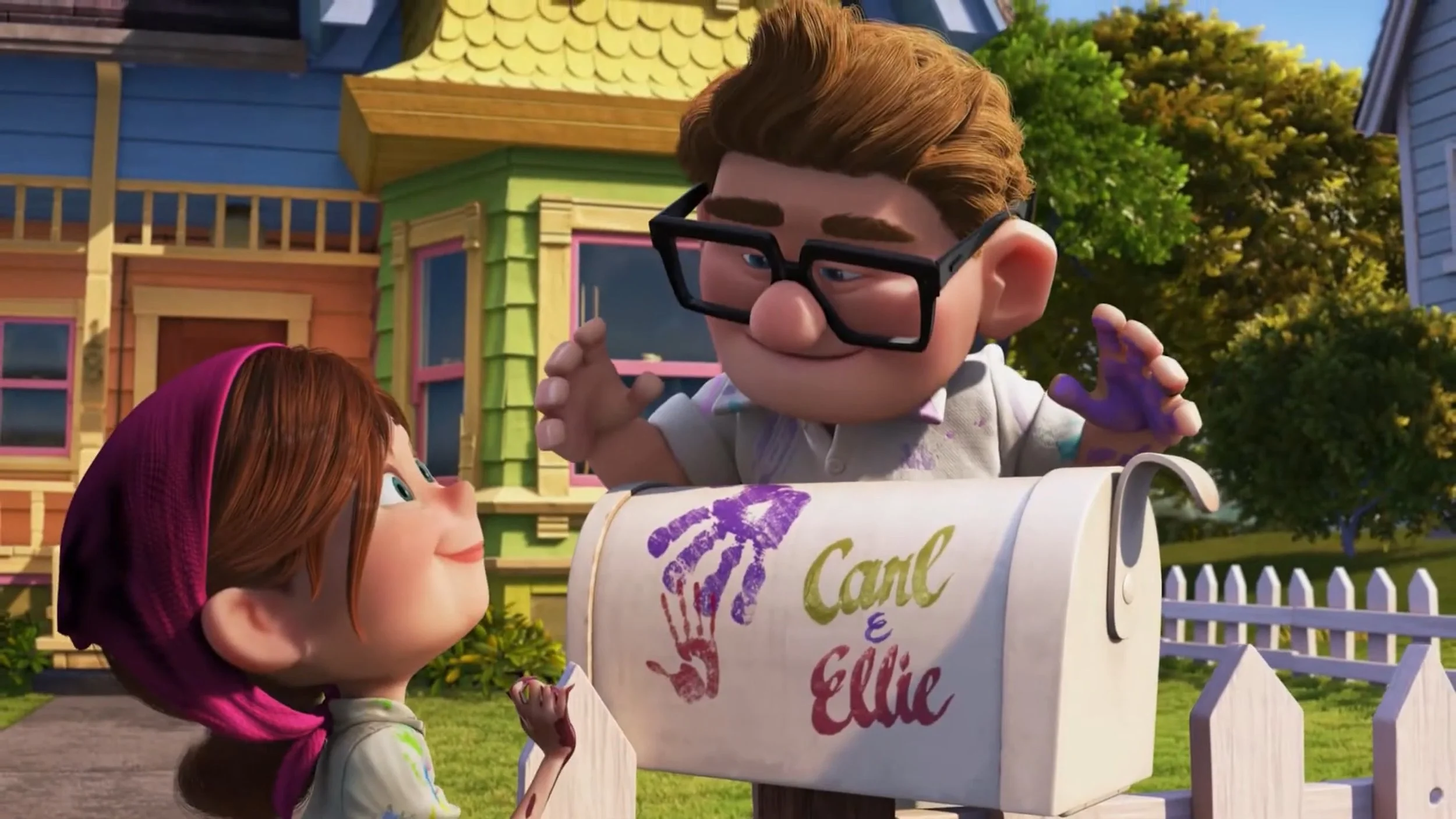Why Video? The Power of Storytelling through Motion
J.K. Rowling once said, “There’s always room for a story that can transport people to another place.” Stories have a unique ability to take us on an emotional journey, connecting us with people and experiences we’ve never encountered in real life. We cry with characters we’ve never met, laugh with strangers on screen, and feel deeply invested in narratives that resonate with our own experiences.
A strong marketing strategy harnesses the power of storytelling, and video is one of the most effective ways to do that. Unlike static images or text, video fully engages the senses, immerses viewers in a narrative, and encourages them to respond emotionally and intellectually. It places them inside the story, making it personal, memorable, and impactful.
1. Video Captures Emotion
One of video’s greatest strengths is its ability to evoke deep emotions. While text or photos can suggest emotion, video shows it in real-time—through facial expressions, tone of voice, and movement.
Think about the animated film Up. In the first 15 minutes, we follow Mr. Fredrickson’s journey from childhood to marriage with his wife, Ellie. We see their happiest moments—falling in love, buying a home, dreaming of adventure. But we also experience their heartbreak—infertility, aging, and eventually, Ellie’s passing. Without a single spoken word, the scene pulls us through an emotional rollercoaster, making us feel excitement, joy, and deep sorrow.
That’s the power of video. It allows viewers to form emotional bonds with the characters and stories they see on screen—something a single photo simply can’t achieve.
2. Video Engages the Senses
Photos and videos both use cameras, require editing, and aim to capture moments. But the way we perceive them is entirely different.
Photos freeze a single moment in time, providing a snapshot of a story.
Videos immerse viewers in the moment, making them feel like they’re living it in real-time.
Think of a baby staring at a ceiling fan. When the fan is still, the baby loses interest. But the moment it starts spinning, the baby is mesmerized. Movement naturally draws attention. The same principle applies to using video in social media—people quickly scroll past static images, but videos make them pause, even if just for a few seconds. Those first three seconds are critical in determining whether a viewer will keep watching.
Beyond just visuals, video engages multiple senses at the same time::
Sight: Physical movement and subtle facial expressions make subjects feel real and relatable.
Sound: The laughter of children in a classroom, birds chirping at sunrise, or an emotionally charged music track all create atmosphere and emotion.
The combination of visual and auditory elements brings stories to life in a way that static images or text never could.
3. Video Requires a Response
A single photo helps you relive a memory. A well-crafted video, on the other hand, creates an entirely new experience—one that moves viewers to feel something and, more importantly, do something.
This ties into the first law of thermodynamics, which states that energy cannot be created or destroyed, only transferred. Video storytelling transfers energy—through music, color, and narrative—into the viewer’s mind. This emotional investment often leads to action, whether that’s making a purchase, donating to a cause, or sharing the message with others.
4. Video Builds Commitment
A powerful story doesn’t just inform—it transforms.
A photo captures a single moment of an organization’s work.
A video tells a deeper, ongoing story—one that draws the audience in and compels them to commit to a cause.
When viewers feel personally invested in a story, they are far more likely to take action. Whether it’s supporting a brand, joining a movement, or making a lifestyle change, video has the power to turn passive viewers into active participants.
So, Why Video?
If you want to create content that touches hearts, sparks conversations, and motivates lasting change, video is the answer. It combines emotion, sensory engagement, and storytelling in a way that no other medium can match.
Let’s Talk!
If you're considering video for small business or non-profit, we’d love to help! Drop a comment below or DM us at @blumevideo on any social media platform—we’re happy to answer any questions you have!




